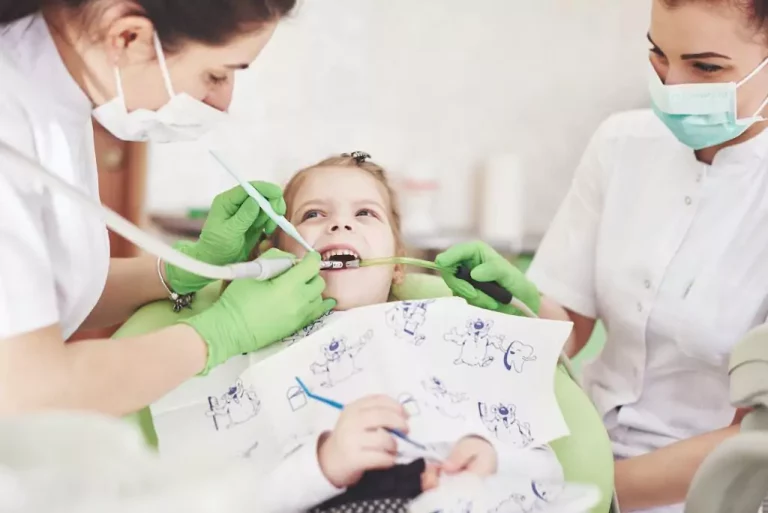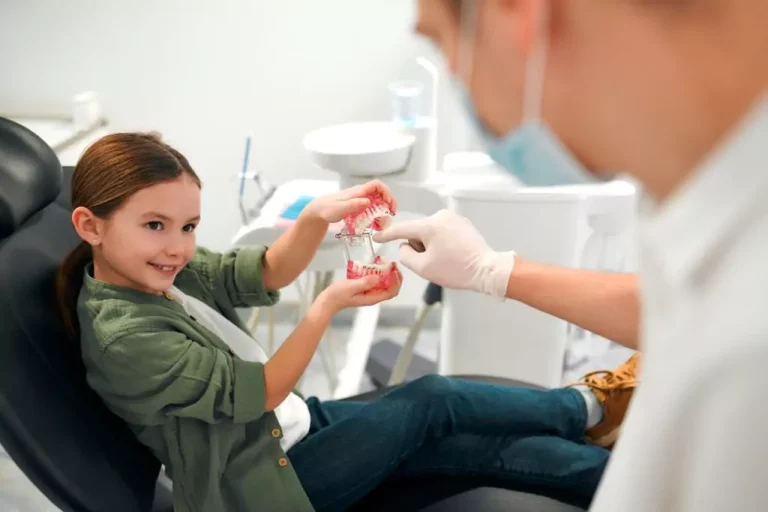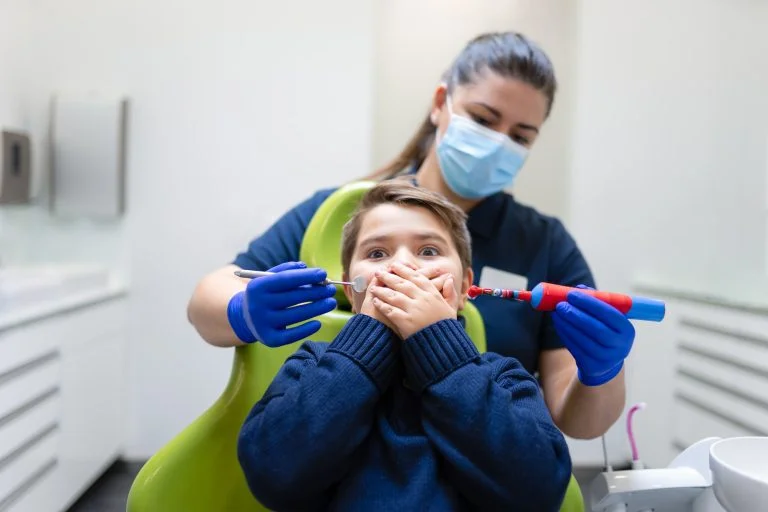Behavior Management and sedation
Behavior management and sedation in pediatric dentistry

Behavior management and sedation in pediatric dentistry is a relevant aspect that requires the attention and skills of the dentist.
Children frequently manifest fear and anxiety before a visit to the dentist, a situation that makes treatment difficult. Appropriate behavior management and conscious sedation help children feel more comfortable and confident during dental visits.
Parents should discuss behavior management options with their dentist to determine the best option for their child.
Behavior management in pediatric dentistry

Behavior management in pediatric dentistry refers to techniques that dentists use to help children feel comfortable and safe during dental treatment.
The techniques that make it possible to achieve this favorable attitude towards dental procedures are based on the age, level of development, and personality of the child.
Communication with parents is also crucial to effective behavior management. Parents can help prepare their children for the dental visit and make it easier for them to understand what to expect.
One of the most effective methods is to acknowledge and praise children’s good behavior during the visit. Dentists may also resort to distraction techniques, such as storytelling or providing toys and books during treatment.
Another important behavior management technique is to show the child the instruments and explain what they are going to do before beginning treatment. This promotes confidence, tranquility, and security in children while reducing anxiety.

19 Natural Antibiotics to Ward Off Any Dental Infection
Sign up to receive daily email dentist tips and challenges, as well as our comprehensive Better smile Guidebook.
Conscious sedation in pediatric dentistry

In cases where training techniques do not give the expected result, conscious sedation can be an effective option to reduce anxiety and facilitate treatment.
Conscious sedation is useful for children who have extreme dental fear or anxiety, those who have special needs, who require extensive dental treatment, or who need multiple dental procedures in a single session.
This option facilitates a state of relaxation that is achieved through the use of safe medications that are administered orally or inhaled.
Does not put the patient to sleep keeping you relaxed and calm, the patient can respond to the dentist’s instructions but is less likely to move or resist treatment.
Conscious sedation is also effective for children who have trouble sitting still during treatment, making treatment more difficult and longer.
Before administering conscious sedation, the dentist does a complete medical evaluation of the patient. This includes a review of the patient’s medical history and evaluation of respiratory, cardiac, and neurological function. Conscious sedation options will also be discussed with parents and detailed information on risks and benefits will be provided.
This procedure should be administered by a dentist who is trained and experienced in conscious sedation and who has the necessary equipment and medications to monitor the patient’s respiratory, cardiac, and neurological function.
Children who have allergies to sedative medications or who have certain health problems are not candidates for conscious sedation.
Conclusion
Find the right specialist
Investigate and learn about the different pediatric dental care alternatives to care for a child’s dental health. Check the suitability of the specialist. Our directory of dental professionals provides you with information from various specialists in the area. Consult it and talk to them about their needs. This allows you to select the option that meets your expectations.

19 Natural Antibiotics to Ward Off Any Dental Infection
Sign up to receive daily email dentist tips and challenges, as well as our comprehensive Better smile Guidebook.
Our Doctor
Meet Doctor

19 Natural Antibiotics to Ward Off Any Dental Infection
Sign up to receive daily email dentist tips and challenges, as well as our comprehensive Better smile Guidebook.



